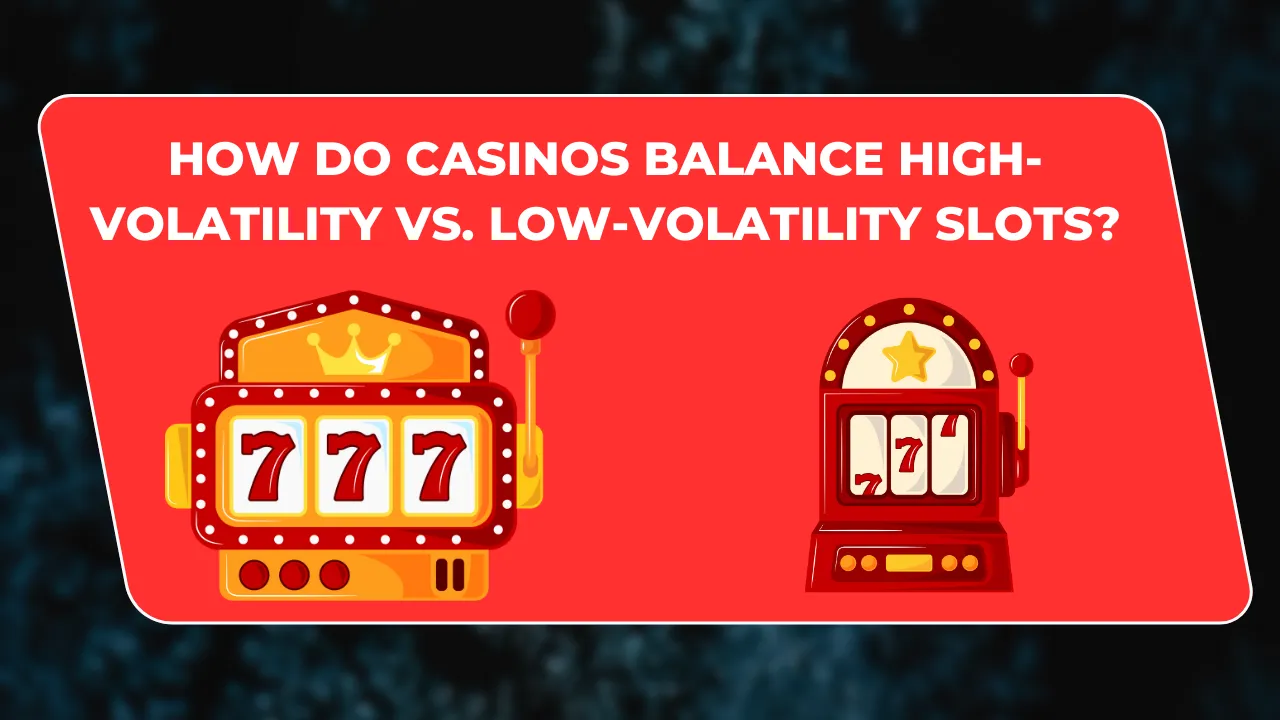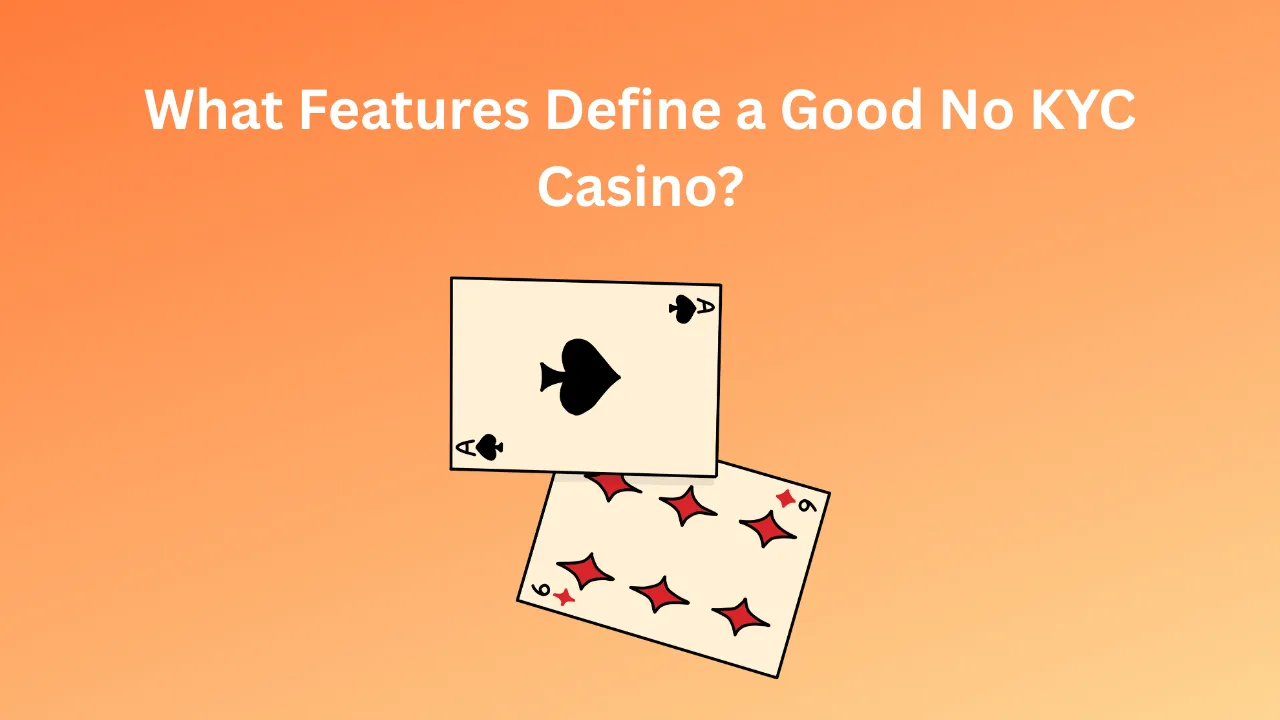Slot machines remain the backbone of casinos, both in physical venues and online platforms. Yet not all slots are created equal. Some are high-volatility, offering rare but potentially huge payouts, while others are low-volatility, delivering smaller, more frequent wins. This distinction might seem straightforward, but behind the scenes, casinos face a delicate balancing act: how to offer both types of slots in a way that maximizes entertainment, player retention, and profitability.
From my experience observing gaming floors and analyzing online platforms, it’s clear that volatility isn’t just a technical feature — it shapes player psychology, session length, and overall satisfaction. Understanding how casinos manage this balance reveals a lot about how the industry caters to diverse player preferences.
Understanding Volatility in Slot Games
Volatility refers to the risk and reward profile of a slot machine. High-volatility slots are like rollercoasters: you can spin dozens of times without winning much, but then hit a massive jackpot that transforms the session. Low-volatility slots, in contrast, are steadier, paying out smaller amounts regularly and keeping bankrolls alive longer.
Casinos need both. Too many high-volatility games, and casual players may feel drained too quickly. Too many low-volatility games, and thrill-seekers may find the experience dull. By offering a blend, casinos ensure that whether a player has ten minutes or two hours, there’s a slot machine that fits their risk appetite. This is particularly important online, where competition is fierce, and players have countless options, including alternatives such as casinos not on gamstop that often emphasize variety in slot volatility to attract a broader audience.
Player Segmentation and Game Placement
One of the clever strategies casinos use is segmenting their audience. High-volatility slots often attract experienced players or those chasing jackpots, while low-volatility games are more appealing to beginners or casual visitors looking for entertainment over risk.
In land-based casinos, placement is key. Low-volatility slots may be positioned near entrances to keep new players engaged, while high-volatility machines are often deeper in the floor, appealing to regulars who are ready to settle in for longer sessions. Online platforms mirror this approach digitally, highlighting certain games on their homepages while grouping volatility categories in dedicated sections.
Balancing Payout Structures and House Edge
Casinos must also carefully manage payout percentages (RTPs) and house edges across their slot portfolios. High-volatility slots typically have the same long-term RTP as low-volatility ones, but the payout distribution is skewed. This means casinos need to ensure that the overall player experience remains fair and profitable without one category overshadowing the other.
For example, a casino might balance a progressive jackpot game (high volatility) with a series of themed video slots offering steady free spins and multipliers (low volatility). This equilibrium keeps players cycling between games, lengthening their playtime and encouraging repeat visits.
The Psychology of Player Engagement
Volatility plays directly into player psychology. High-volatility slots create moments of suspense and adrenaline, which can be highly rewarding emotionally, even if they come with longer dry spells. Low-volatility slots, on the other hand, provide reassurance and steady reinforcement, making players feel like they’re “always in the game.”
Casinos use this knowledge to craft engaging experiences. By mixing volatility levels, they can appeal to both emotional highs and practical reassurance, ensuring players don’t leave feeling either bored or overly frustrated. This balance is especially important in retaining long-term customers who want variety in their gaming sessions.
Online Innovations in Slot Volatility
Digital platforms have more flexibility than land-based casinos, and many use this to experiment with volatility models. Some online slots now allow players to choose their volatility level within the same game — essentially letting them decide whether to chase risk or play it safe.
Casinos benefit from these hybrid models because they reduce player churn. Instead of leaving a game they find too slow or too risky, players can adjust settings and stay engaged longer. In this way, volatility is no longer just a fixed feature but a customizable part of the experience.
Responsible Gaming and Volatility Awareness
Balancing high and low volatility also ties into responsible gambling practices. Casinos increasingly recognize the importance of helping players understand what volatility means before they play. By providing information about a game’s volatility, they allow players to make informed choices that align with their budgets and expectations.
This transparency helps reduce frustration and promotes healthier gambling habits. A player who knows they’re on a high-volatility slot is less likely to be discouraged by long losing streaks, while a low-volatility player understands that they won’t be hitting massive jackpots but can enjoy steady play.
Future Trends in Slot Volatility
As gaming technology evolves, volatility will continue to be a key differentiator. We’re already seeing AI-driven recommendation engines in online casinos that suggest games based on a player’s past behavior, including volatility preferences. This personalization ensures that players always find titles that match their style, further reinforcing loyalty.
Additionally, with the rise of skill-based slots and gamified mechanics, volatility may become more dynamic. Players could influence outcomes through decisions, effectively merging traditional slot mechanics with interactive gameplay. This development will give casinos even more tools to balance risk and reward across their offerings.
Conclusion
The balance between high-volatility and low-volatility slots is central to how casinos design their gaming ecosystems. It’s not just about math or payout percentages — it’s about understanding human behavior, managing risk, and creating engaging entertainment.
Casinos walk a fine line: too much volatility and they risk alienating casual players; too little, and they disappoint thrill-seekers. By blending both, offering transparency, and innovating with hybrid models, casinos create environments where every type of player can find their place.
As the industry continues to evolve, volatility management will remain one of the most important levers casinos can pull to ensure both profitability and player satisfaction. Whether on a buzzing casino floor or in an online lobby, the right mix of volatility keeps the reels — and the industry — spinning.




